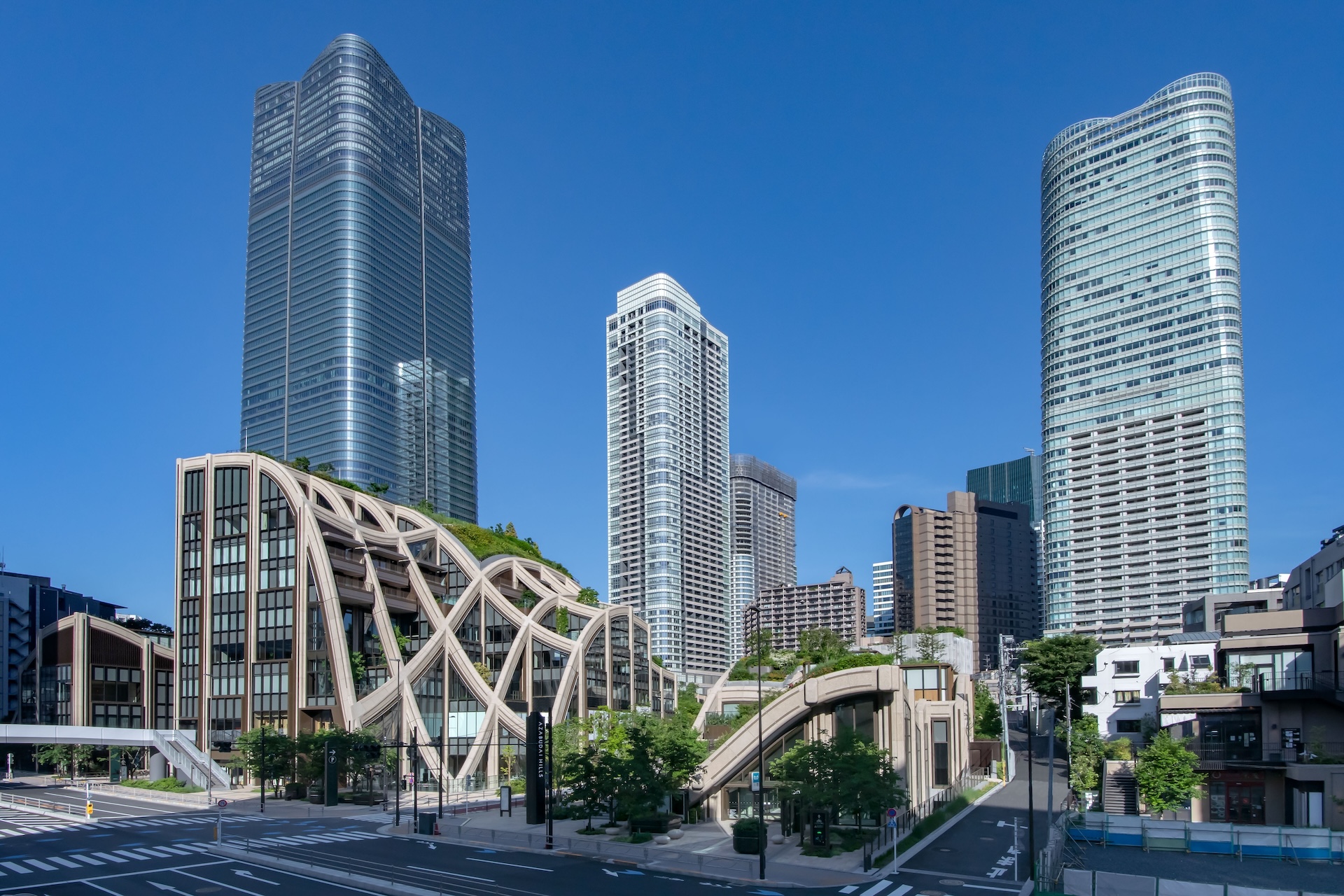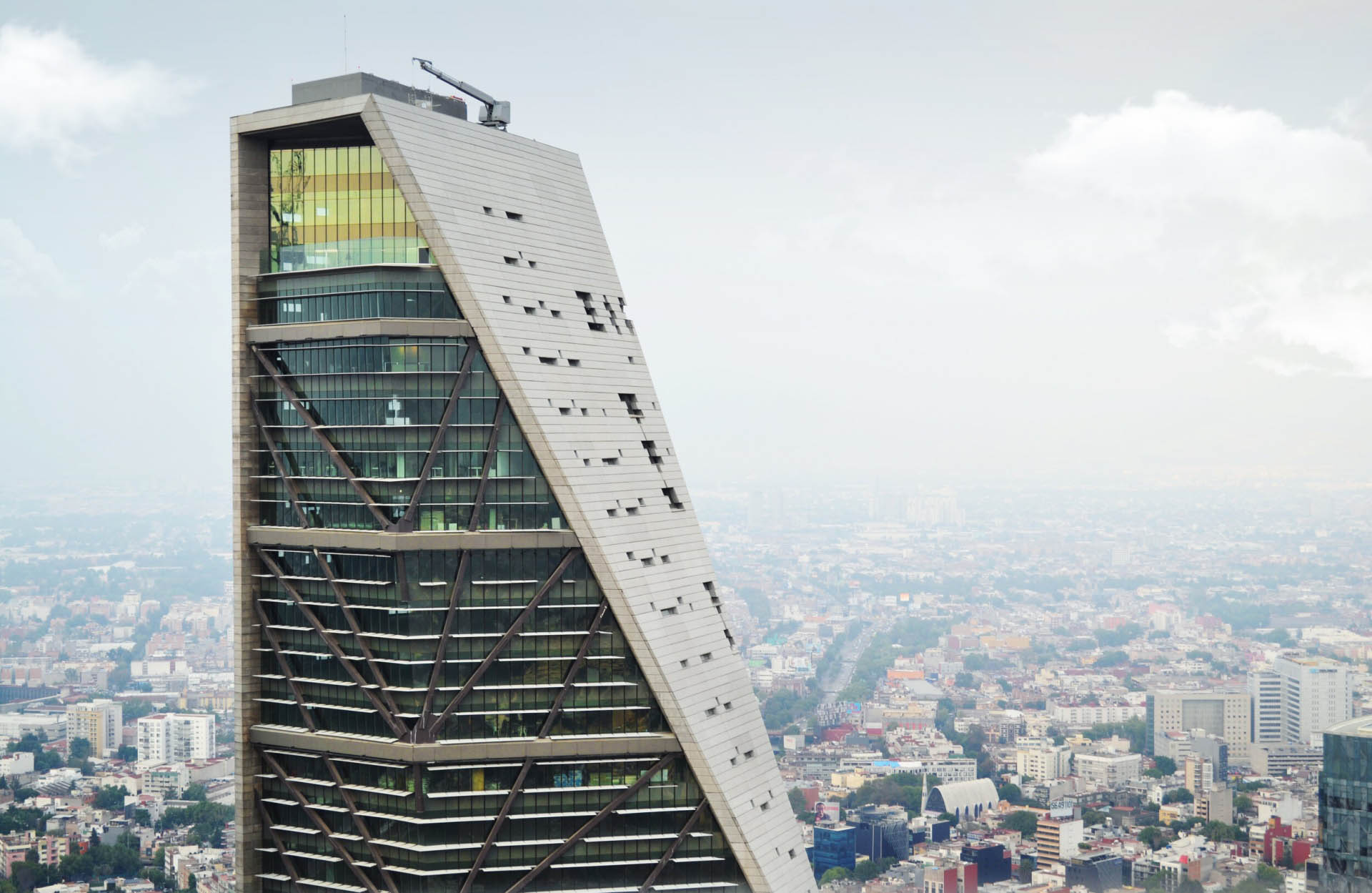 9 min
9 min
CSF: You have more than thirty years’ experience in promoting and implementing sustainable construction in India. How has your personal journey led you to understand the crucial link between social and environmental issues?
India has a history of sustainable construction. Looking at our heritage, the ancient forts and palaces were built along principles that we now consider innovative (the bioclimatic approach, efficient insulation, passivity). When I started training, this heritage was naturally by my side. As for social issues, the Indian construction sector has to deal with a highly contrasting social reality. Local, passive and climate-friendly construction is a necessity when resources are limited. With time and growing political awareness, the informal use of sustainable principles, and the wish to support the construction of affordable housing, have been transformed into regulations and public subsidies that have given a virtuous impetus to the sector.
CSF: In an interview, you noted growing awareness of sustainable construction issues in recent years. What is behind this, and how have the sector’s various stakeholders supported this change in India?
India’s commitment to carbon neutrality by 2070, and its policy of raising awareness in this area, has naturally put the construction sector center stage, as it is one of the biggest emitters.
78%
of construction professionals in India consider it a priority to develop more sustainable construction projects (11 points higher than the average for all 22 countries in the survey). Source: 2024 Sustainable Construction Barometer
Certification bodies like ours, with the LEED¹ standard, have given a boost to this movement by working hand in hand with professionals to facilitate the adoption of new standards. And the results are there: we now have buildings that demonstrate in concrete terms that it is possible to combine profitability and environmental performance. These successes have created a real snowball effect. Combined with the emergence of a new generation trained in these issues from an early age, this has created a positive dynamic that manufacturers are now ready to support.
The LEED standard in IndiaLEED, for Leadership in Energy and Environmental Design, is an international certification system that assesses the environmental and energy performance of buildings.
- In recent years, India has consistently ranked among the top three countries for LEED adoption.
- LToday, India’s commercial LEED projects include over 2,800 projects, covering more than 1.5 billion square feet.
- India is also a global leader in net zero, with the highest number of LEED Zero certifications worldwide.
CSF: How can we reconcile the urgent need for affordable housing with the principles of sustainable construction?
Mili Majumdar: The proportion of “affordable” housing – i.e. for people without the economic resources to pay for energy costs or even waste treatment – is very high in India. Even though the construction of social and sustainable housing is subsidized, the challenge for developers remains striking a balance between the accessibility of housing and commercial profitability. The government is supporting this transition in two ways. Firstly through the National Building Code, which imposes strict energy consumption standards. Secondly through the Bureau of Energy Efficiency, which has developed a comprehensive energy labeling system for products and actively promotes renewable energy. These initiatives provide construction professionals with practical tools – legal obligations, subsidies and accessible information – to help them move towards more sustainable practices. However, it should be borne in mind that a sustainable solution is not necessarily a social one. This requires a certain flexibility in the techniques and materials used, to adapt to the very different nature of projects and the available resources.

CSF: So how can the adoption of sustainable construction practices be promoted in the lowest-income communities?
Mili Majumdar: There are different layers of sustainability. When resources are limited, we have to start from first principles, in other words – reduce. Reduce energy demand, reduce use of resource, reduce the space needed to build. We need to adapt these first principles and take advantage of them right from the design stage. It is more problematic when you think about it after the fact and have to renovate, because that quickly becomes much more expensive. Today, due to the scale of operations, the cost of sustainable materials (low-carbon glazing, solar systems, etc.) has fallen considerably. So cost is no longer the primary concern, if sustainable solutions are incorporated from the outset.
CSF: A recent GBCI study showed that many certified sustainable buildings are not being properly maintained, with a impact on residents’ health. How do you explain this phenomenon?
Mili Majumdar: The problem lies in how knowledge is passed on. When a building is designed and operated by different teams, the potential for sustainability can remain untapped, despite certification, if there is no work done on training or sharing of expertise. The key is to make the invisible visible: building performance must be continuously monitored, recorded and analyzed. It’s like a living organism that needs constant monitoring to adjust its systems at the right time. Without systematic monitoring of the indicators, it’s impossible to identify sources of inefficiency and really improve performance.
See also: Digital innovations: intelligence in the service of the climate challenge

CSF: The transition to low-emission construction requires a rethink of the entire life cycle of buildings. How is India tackling the issue of embodied carbon?
Mili Majumdar: We are currently going through a major transition. While we have long focused on the energy needed to operate buildings, the question of embodied carbon² is now taking center stage. Large companies are already setting an example by developing environmental product declarations³ and creating databases. However, our industrial fabric is largely made up of SMEs, which are struggling to keep up with this momentum, lacking the resources to transform their production methods and to green their supply chains. Embodied carbon is a fast-growing area that we’re working hard on at USGBC. In particular, there is a new certification, LEED V5, that incorporates embodied carbon reduction targets and creates momentum for the design of new, lower-emitting and more affordable materials and production processes.
Sustainable construction terms: Embodied carbon²Embodied carbon represents all the CO₂ emissions generated throughout a building’s life cycle: from the extraction of raw materials through to demolition, and including the production of materials and the construction process. This is a building’s “invisible” carbon footprint.
Sustainable construction terms: Environmental Product Declaration³Document that details the environmental impact of a material or product over its entire life cycle. An “environmental ID card”, it helps professionals to compare products objectively and calculate their overall carbon footprint more easily.
See also: Measuring to make better decisions: the great data journey
CSF: What international opportunities do you see for developing sustainable construction and meeting current social and environmental needs?
Mili Majumdar: There are many such opportunities. First of all, technology sharing would benefit countries that do not yet have the means to finance the creation of tools on a large scale, particularly for monitoring and reducing embodied carbon. The retrieval, analysis and wide sharing of data also represents an opportunity to improve decision-making through artificial intelligence from a broader statistical base. There are also good opportunities to forge links between sustainable finance, which is attracting a lot of attention, and the construction sector. It is by expanding the sector that we can drive down costs and make sustainable construction techniques more affordable.
CSF: What key message would you like to send to professionals and decision-makers on the importance of linking social and environmental issues to ensure a more sustainable future for construction?
Mili Majumdar: The key lies in setting an example and being consistent. Enacting new regulations is not enough. They must be applied first and foremost by those who decide on them, which is unfortunately not always the case. At the same time, they must correspond to the reality and resources of the population, and of small and medium-sized enterprises. In India, there is no shortage of standards and codes for sustainable construction. The problem is in applying them. So we need to be honest, set realistic rules and help people apply them.
See also: Game of norms: the rules of the game in the building sector
Photo credits: Ranish Trivedi, Rajesh Voda, Balkrishna Doshi











